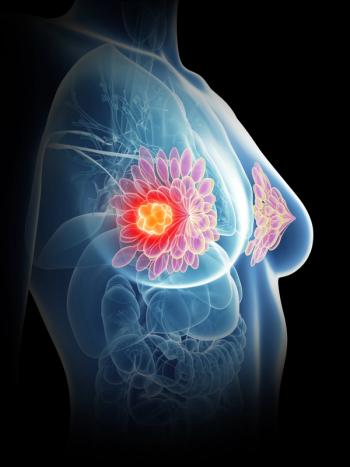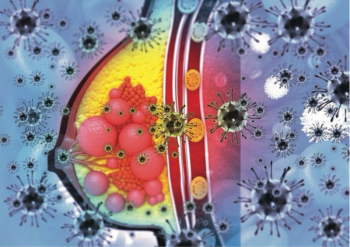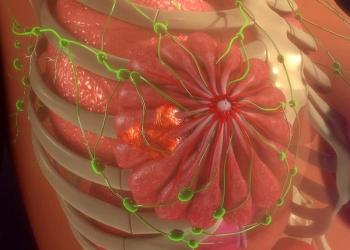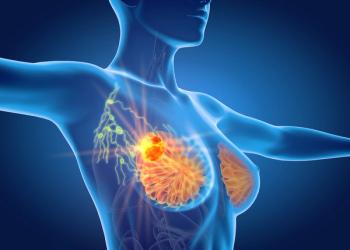
Using Sugars to Target Triple-Negative Breast Tumors
Researchers at the University of Illinois and collaborators in China have found a way to tag and target elusive cancers with small-molecule sugars by hijacking a cancer cell’s own metabolism.
Researchers at the University of Illinois and collaborators in China have found a way to tag and target elusive cancers with small-molecule sugars by hijacking a cancer cell’s own metabolism. This could open treatment pathways for cancers that are not responsive to conventional targeted antibodies, such as triple-negative breast cancer.
“For example, we would like to target triple-negative breast cancer. This is a deadly breast cancer, with low survival rates,”
Cheng and colleagues found a way to mark the cells using azides, a class of small-molecule sugars. Once metabolized in the cell, they are expressed on the surface, and can be targeted by a molecule called dibenzocyclooctyl (DBCO). In some ways, it is like putting a key in a lock. Cheng said DBCO and azide react with each other with high specificity. Until now, the question has been, how do you put azide just on the tumor?
To make sure the azide would only be expressed on the surface of cancer cells, the researchers added a protective group to the azide sugar that could only be removed by tumor-specific enzymes. In normal tissues, the azide sugar simply travels through. In tumor cells, it is completely metabolized and expressed on the cell surface, creating specific targets for DBCO to deliver a cargo of cancer-treating drugs or imaging agents.
The researchers tested the azide-based targeting system in mice with tumors from colon cancer, triple-negative breast cancer, and metastatic breast cancer. The researchers found the tumors had very strong signals compared with other tissues.
Newsletter
Stay up to date on recent advances in the multidisciplinary approach to cancer.

















































































